
Between the food they eat and the clothes they wear, teens can be expensive. If you have one ready to hit the road, get ready to shell out even more cash.
On average, parents nationwide will see their auto insurance premiums jump 77 percent once they add a teen driver to a policy. That’s according to an annual survey of insurance data by insuranceQuotes.com. However, the 2017 rate increases are almost double that in some states. “Even if they are good drivers, [teens] don’t get the benefit of the doubt,” says Laura Adams, senior insurance analyst for insuranceQuotes.com.
Other parents luck out by living in states where, thanks to a combination of insurance regulations, favorable teen driving statistics and low vehicle values, teens don’t cost nearly as much. Here’s a breakdown of the average cost to add a teen driver in each of the 50 states, and the District of Columbia, starting with the most affordable.
51. Hawaii: 8.1 percent

Hawaii isn’t only the cheapest state to insure teen drivers; it’s the cheapest by a landslide. Thanks to state regulations that prohibit insurers from considering age, gender or time behind the wheel when setting rates, parents will pay only 8.1 percent more for their teen. “That’s … the same increase you’d see if you added an adult to the policy,” Adams says.
50. North Carolina: 56.1 percent
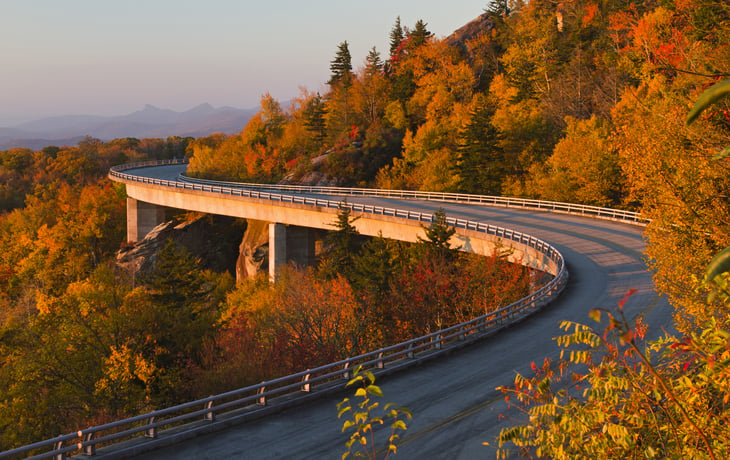
The second-least expensive state comes in well behind Hawaii. In North Carolina, parents should expect a teen to raise auto premiums an average of 56.1 percent.
49. New York: 58.6 percent
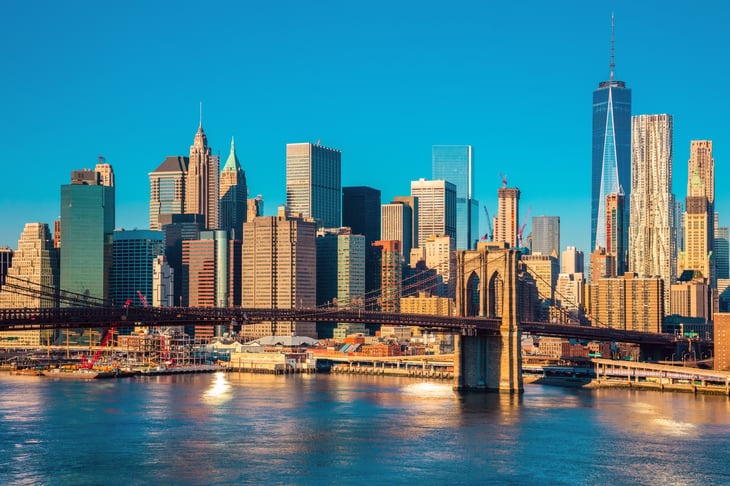
New York has relatively tight regulations for its insurance industry and that may be part of what helps keep increases for teen drivers to an average of 58.6 percent. The state’s graduated licensing system, which requires 50 hours of practice including 15 hours at night, might reduce teen accidents and, in turn, help limit rate increases as well.
48. Michigan: 59.9 percent
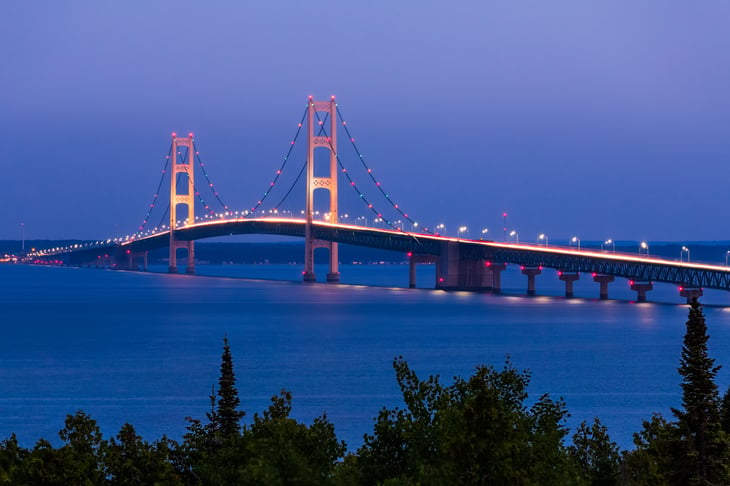
State regulations and a rigorous graduated licensing system may be responsible for Michigan’s relatively low teen driver premiums. Adding a teen to a policy here will increase rates an average of 59.9 percent.
47. Montana: 63.2 percent
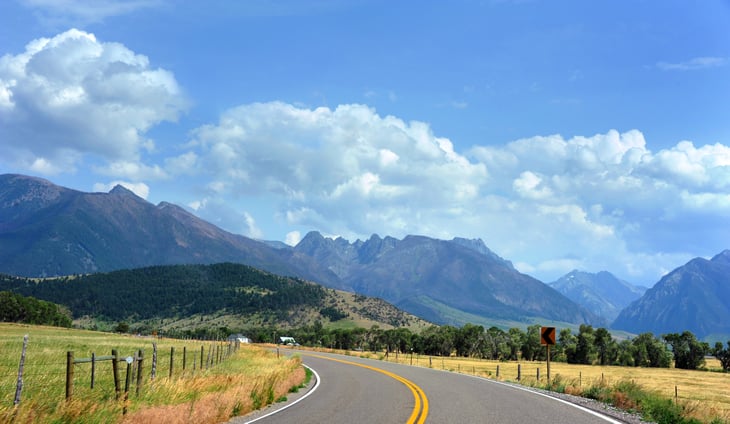
Teen rate increases have remained relatively stable in Montana. In the 2016 insuranceQuotes survey, the average increase was 65 percent. This year, it’s 63.2 percent.
46. Massachusetts: 63.3 percent
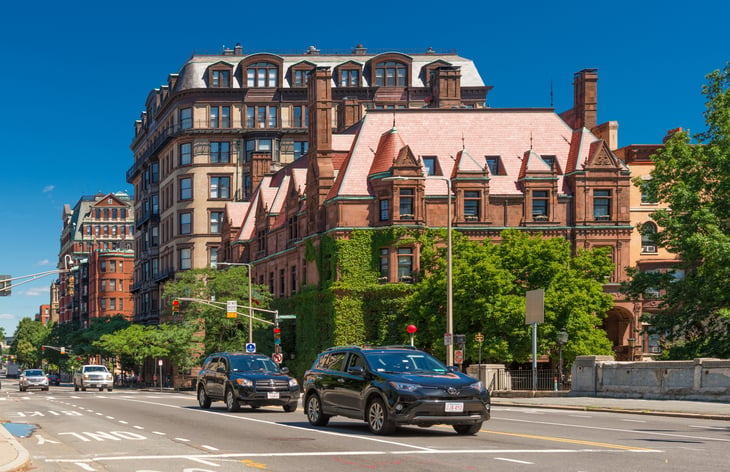
Massachusetts has a reputation for being an expensive place to live, so parents may be pleasantly surprised to see their state isn’t at the top of the list. A teen driver here will only increase premiums by a relatively modest 63.3 percent.
45. Maryland: 67.2 percent
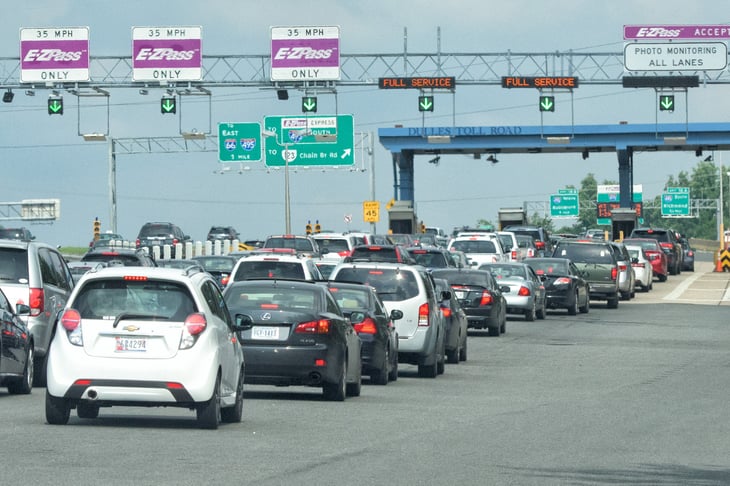
Maryland is another expensive state with relatively low teen driver premiums. Parents should prepare to pay 67.2 percent more for auto insurance once they add junior.
44. North Dakota: 69.2 percent
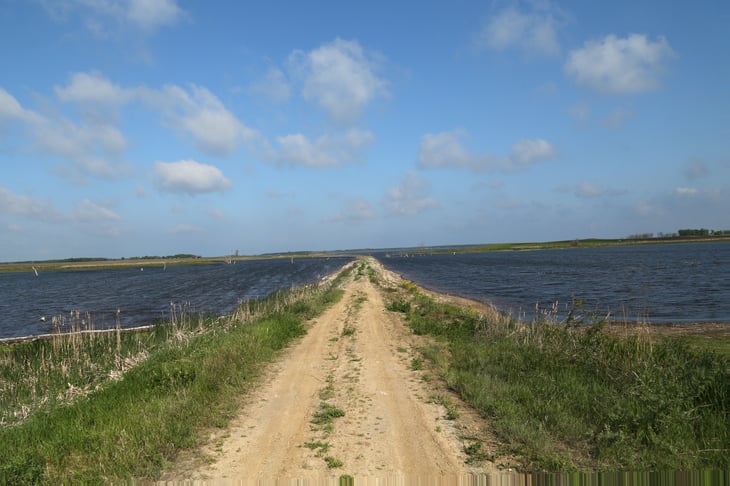
In 2016, insuranceQuotes.com found parents in North Dakota had average insurance premium increases of 77.6 percent. For 2017, that number has dropped to 69.2 percent.
43. Florida: 69.4 percent

Adams says big cities like Miami are home to expensive cars which can raise auto insurance rates for everyone. But that doesn’t seem to be overly inflating teen rates, which add an average of 69.4 percent to parents’ bills.
42. South Dakota: 70 percent
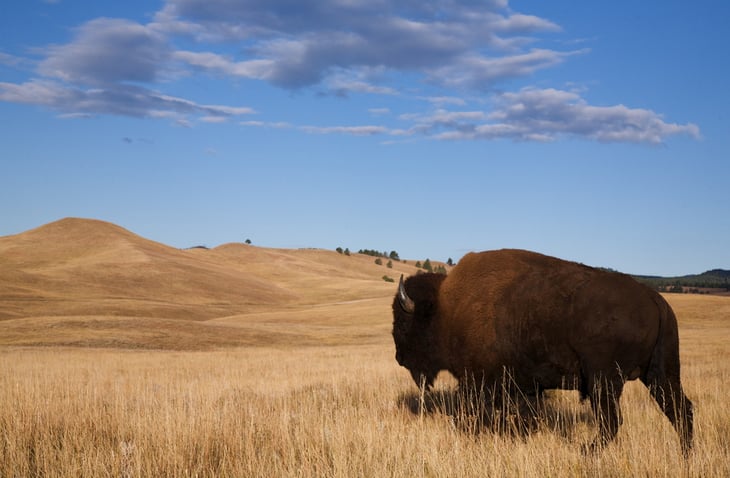
In South Dakota, the average increase for adding a teen driver is an even 70 percent.
41. Wisconsin: 71.6 percent
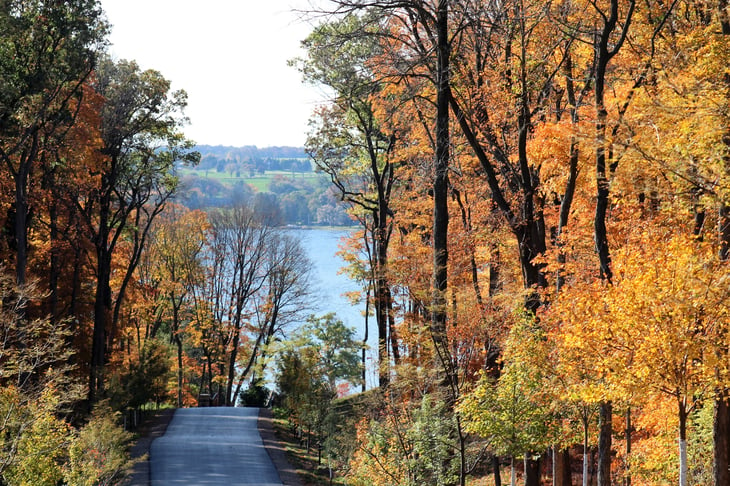
The cost of adding a teen driver in Wisconsin has barely budged in the past year. It was 71.8 percent last year and is 71.6 percent this year.
40. Kansas: 73.7 percent
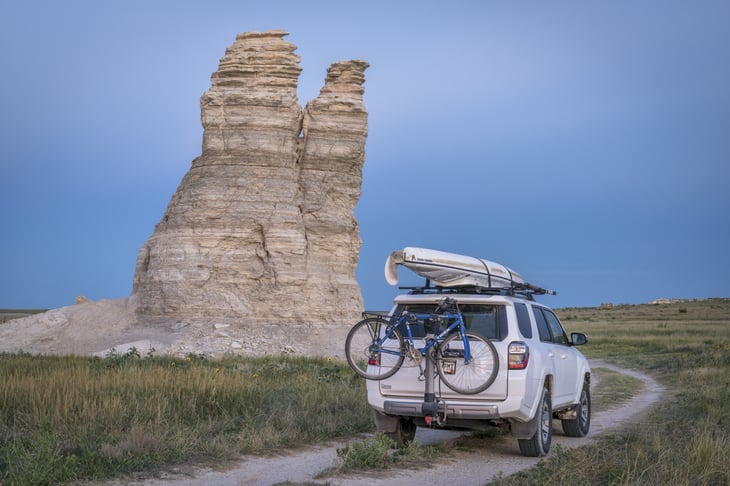
Kansas teens must have a learner’s permit for at least 12 months before driving solo and even then, they can’t be on the road after 9 p.m. at age 16. Those factors may help minimize accidents and keep average rate increases for teen drivers to a “mere” 73.7 percent.
39. Nebraska: 73.8 percent
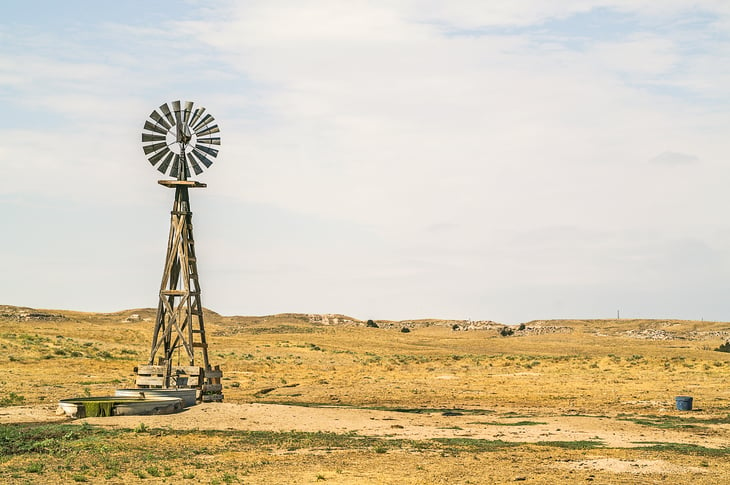
Midwest parents seem to have it better than their counterparts in many parts of the country. Those in Nebraska will see their insurance premiums increase by a relatively modest 73.8 percent after adding a teen driver.
38. Iowa: 75.7 percent

Iowa also requires teens to have a learner’s permit for 12 months, and the average increase in auto insurance for new teen drivers here is 75.7 percent.
37. Mississippi: 75.8 percent
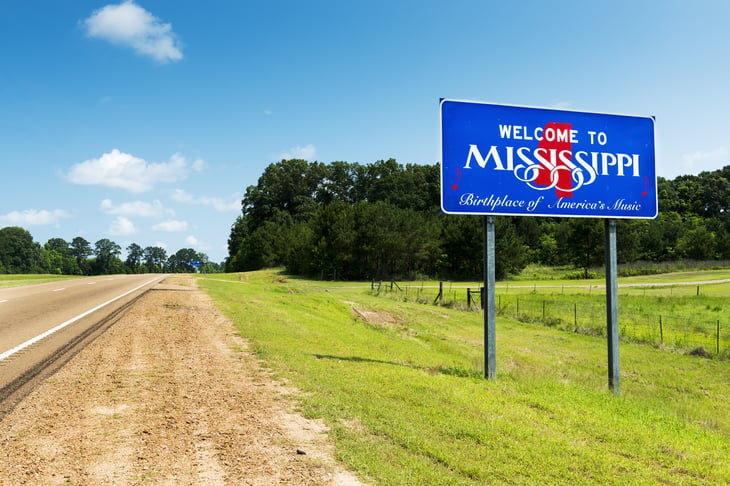
Parents of teen drivers saw their insurance premiums increase 73.7 percent in 2016, but that number increased to 75.8 percent for 2017.
36. Indiana: 76.4 percent
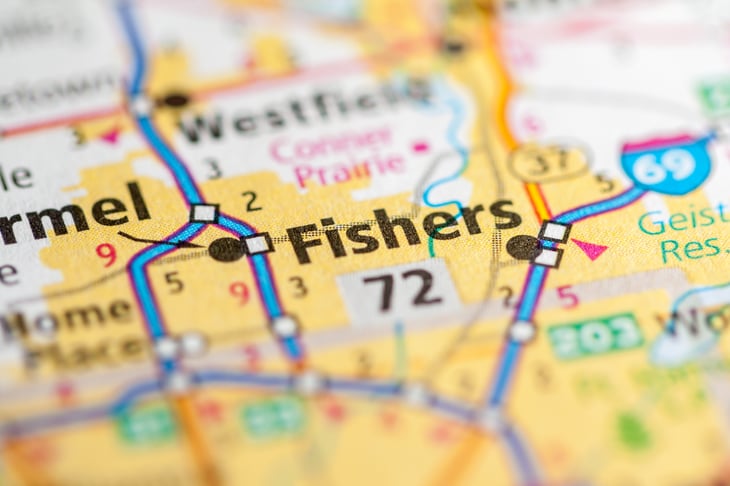
In Indiana, the average insurance premium increase for teen drivers is 76.4 percent, just a hair under the national average.
35. Oklahoma: 77.2 percent
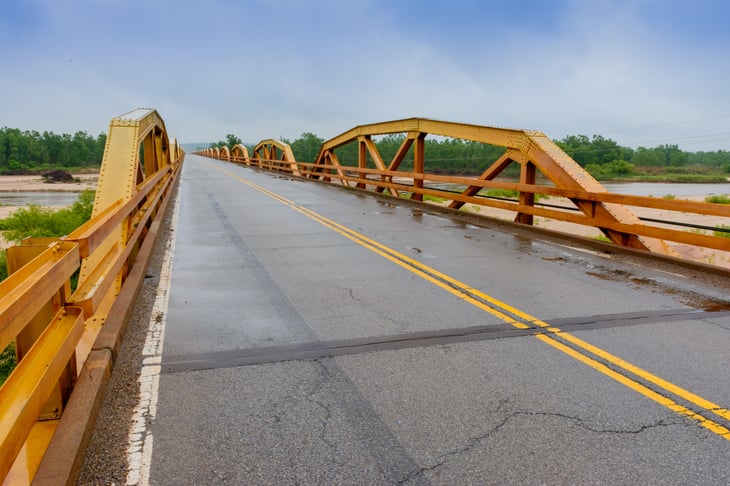
Oklahoma is one of four states that have average insurance increases of 77.2 percent for teen drivers.
34. Colorado: 77.2 percent

Rates are going the wrong direction in Colorado. The 2017 average increase for a teen driver — 77.2 percent — is more than the 2016 average of 73 percent.
33. Delaware: 77.2 percent
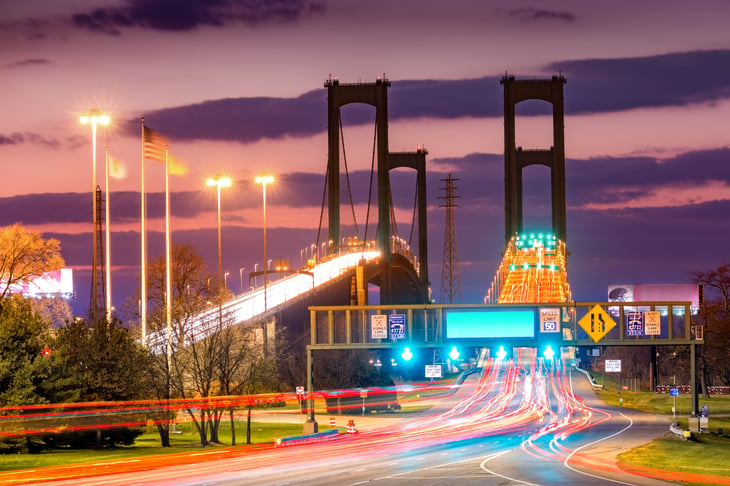
Delaware parents will also see an average increase of 77.2 percent in their auto insurance premiums once they add a teen driver.
32. Pennsylvania: 77.2 percent
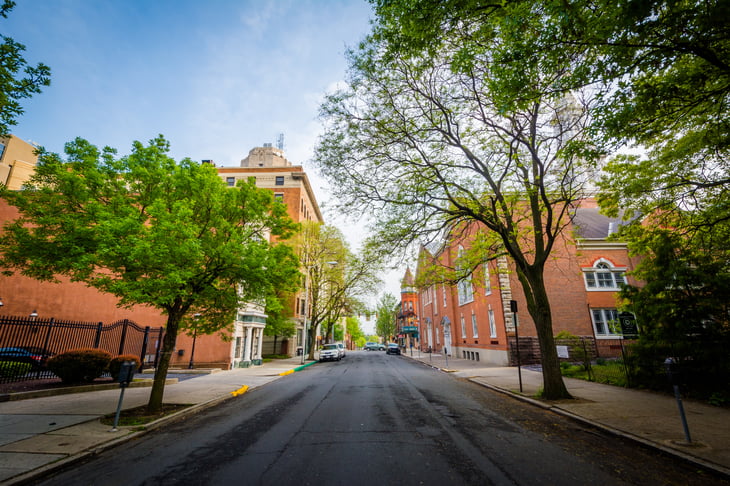
Pennsylvania is the last of the states in which teen drivers result in 77.2 percent higher car insurance premiums, on average.
31. Louisiana: 77.6 percent
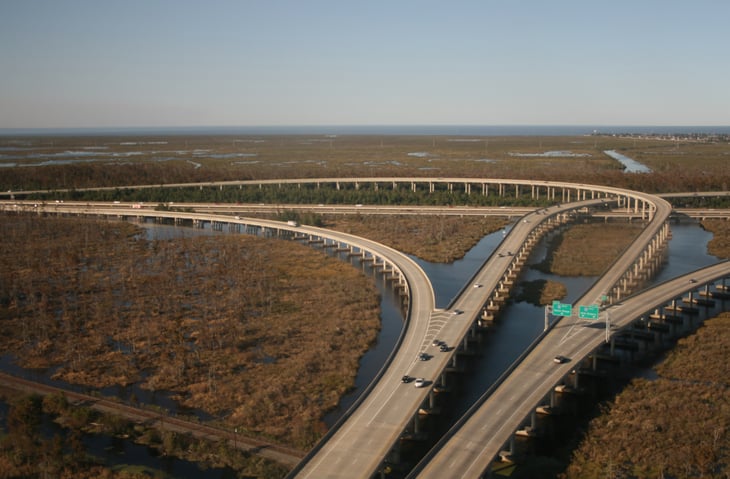
Down by the bayou, parents will need to fork over an average of 77.6 percent more to insure their teen driver.
30. Kentucky: 77.7 percent
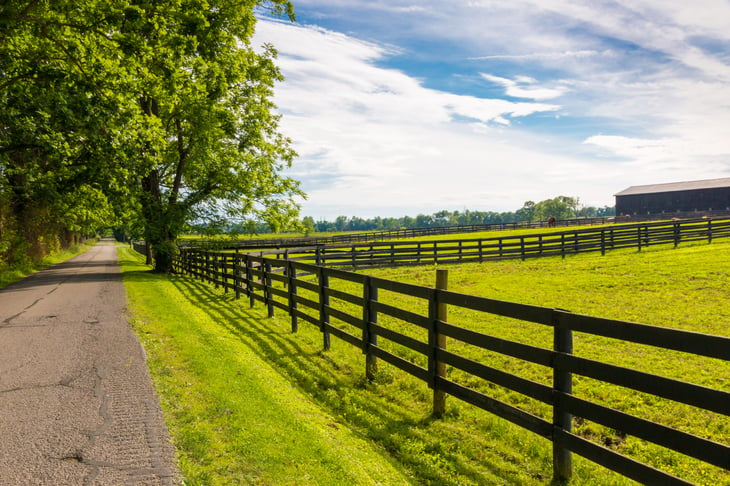
In Kentucky, teens need to practice 60 hours before getting their license. That’s associated with a 15 percent decrease in collision claims, according to the Insurance Institute for Highway Safety. It may also help keep premium increases for teens to an average of 77.7 percent.
29. Arkansas: 78.3 percent

Rate increases for teens in Arkansas have changed dramatically in the five years insuranceQuotes.com has been tracking them. In 2013, the state was at the top of the list, with average premium increases of 116.3 percent. Now, the state is in the middle of the pack at 78.3 percent.
28. District of Columbia: 79.1 percent

In the nation’s capital, parents pay an extra 79.1 percent, on average, for insurance for their new teen drivers.
27. New Jersey: 79.5 percent
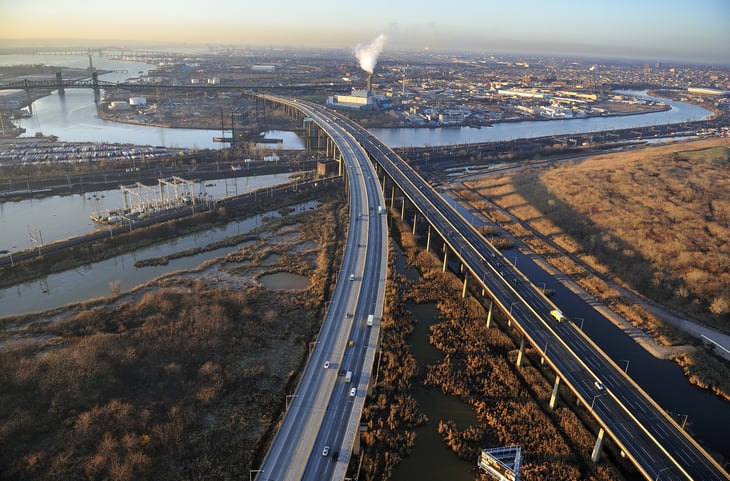
New Jersey is one of nine states that doesn’t even give out learner’s permits until a teen is 16, and is the only one that makes new drivers wait until age 17 to drive solo. Insurance premiums increase an average of 79.5 percent once a teen is added to a policy.
26. Virginia: 79.6 percent
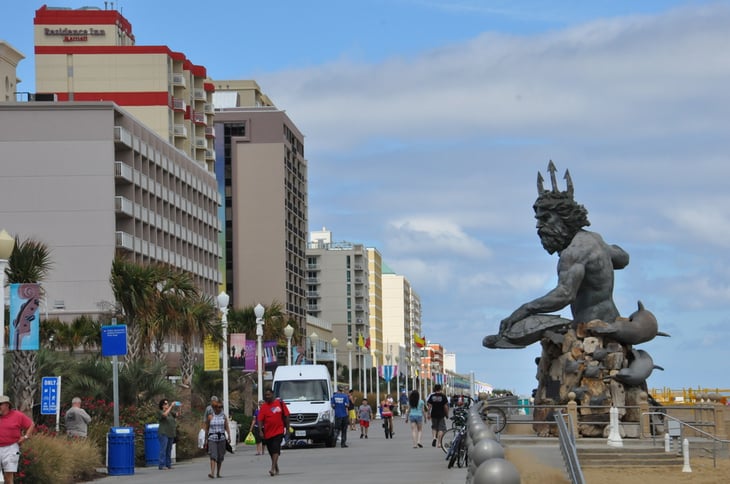
In 2017, Virginia parents will pay an average of 79.6 percent to add a new teen driver.
25. Idaho: 80 percent
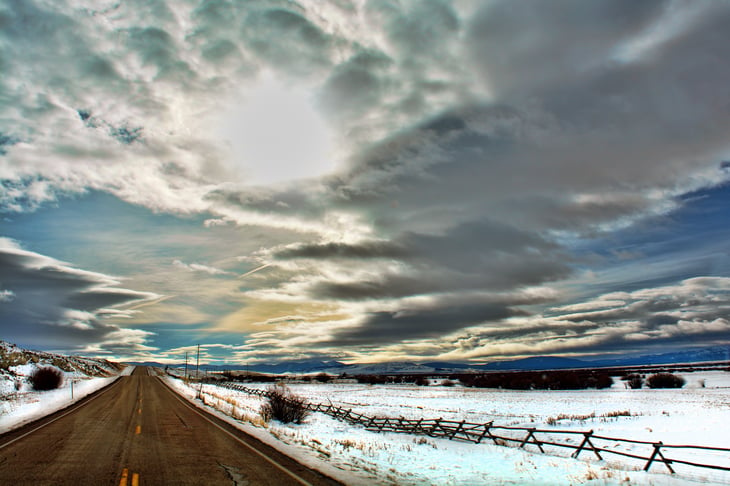
Insurance rates are going in the right direction in Idaho. Last year, parents had to pay 90.2 percent more for their teen drivers. This year, the average increase has dropped to 80 percent.
24. Alaska: 80.5 percent
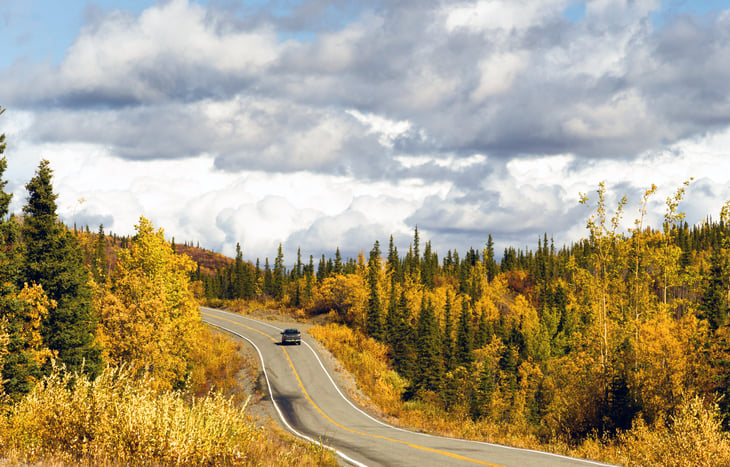
Meanwhile, rate increases have remained steady in Alaska. Teen drivers added an average of 79.6 percent to their parent’s insurance policies last year and 80.5 percent this year.
23. Alabama: 80.8 percent
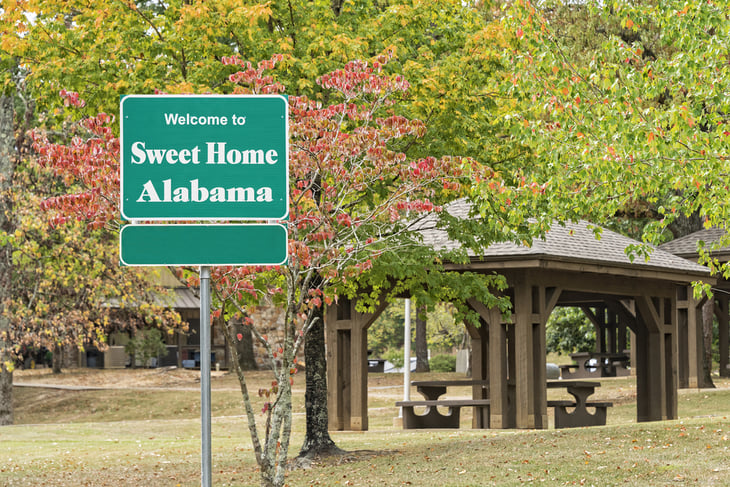
In Alabama, parents should be ready to pay 80.8 percent more for auto insurance once they add a teen driver.
22. Missouri: 81.6 percent

In the Show Me State, insurers want parents to show them 81.6 percent more money when adding a teen driver to a policy.
21. South Carolina: 81.8 percent
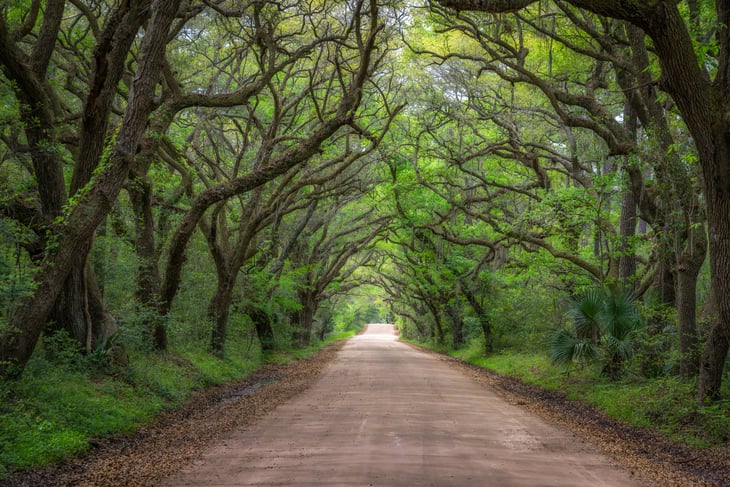
Despite keeping teens off the roads after 6pm — the most restrictive night-driving rule in the nation — South Carolina still sees average premium increases of 81.8 percent for new drivers, who can be as young as 15.5 years old.
20. California: 82.1 percent

California is an unusual case in that it highly regulates its insurance industry but still has higher-than-average rate increases. In 2017, a teen can be expected to add 82.1 percent to premium prices. “Sometimes, there’s no rhyme or reason,” Adams says.
19. Washington: 82.7 percent
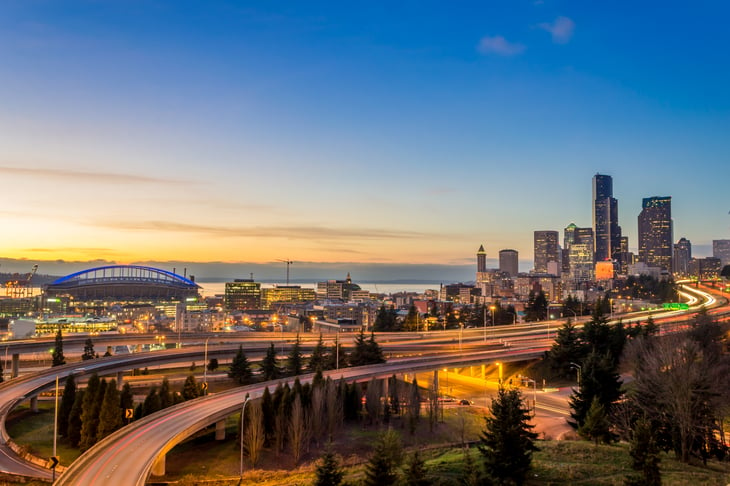
In the state of Washington, teens are responsible for an average 82.7 percent increase in their parents’ auto insurance premiums.
18. New Mexico: 82.9 percent
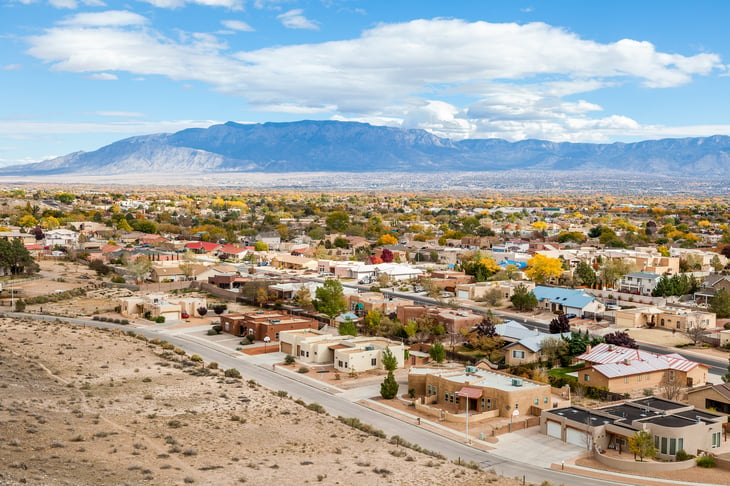
Some states have seen average rate increases for teen drivers jump, and New Mexico is one of them. The average increase was 64 percent last year, but it’s 82.9 percent this year.
17. Texas: 83 percent

They say everything is bigger in Texas, and premium increases for young drivers in the state are bigger than those in half the country. Insurance jumps an average of 83 percent when a teen is added to an auto policy.
16. Georgia: 85.3 percent
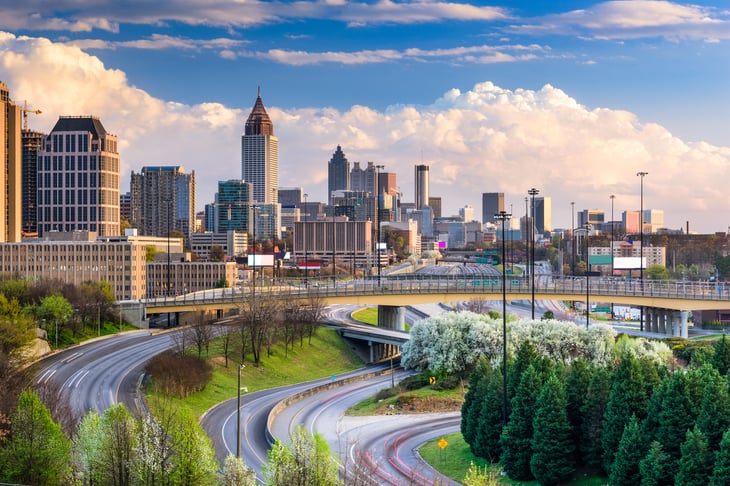
Georgia teens will cost their parents an additional 85.3 percent in insurance premiums, on average.
15. Nevada: 86.1 percent
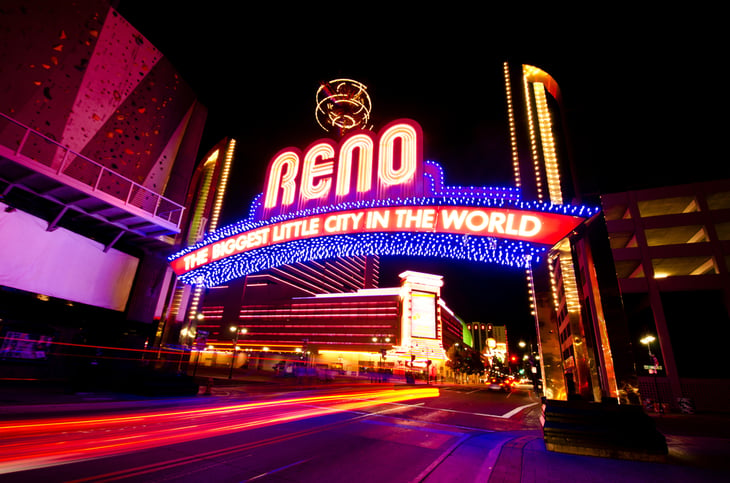
Nevada is the second fastest-growing state according to the Census Bureau, but there’s a good chance its insurance rates aren’t drawing in new residents. Teens cost their parents an extra 86.1 percent in auto policy premiums.
14. Tennessee: 87.5 percent
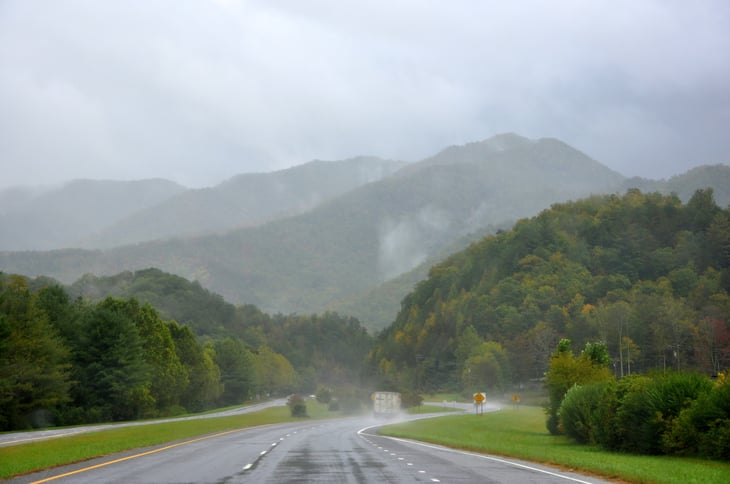
Parents in Tennessee need to plan for an extra 87.5 percent in insurance premiums once they add a teen to their policy.
13. Illinois: 88.7 percent

Illinois, home to the Windy City of Chicago, is also home to big rate increases for teen drivers. On average, a 16-year old will push up premiums 88.7 percent for parents. Still, that’s a marked improvement since 2015 when Illinois had the third-highest rate increases for new teen drivers.
12. West Virginia: 89.4 percent
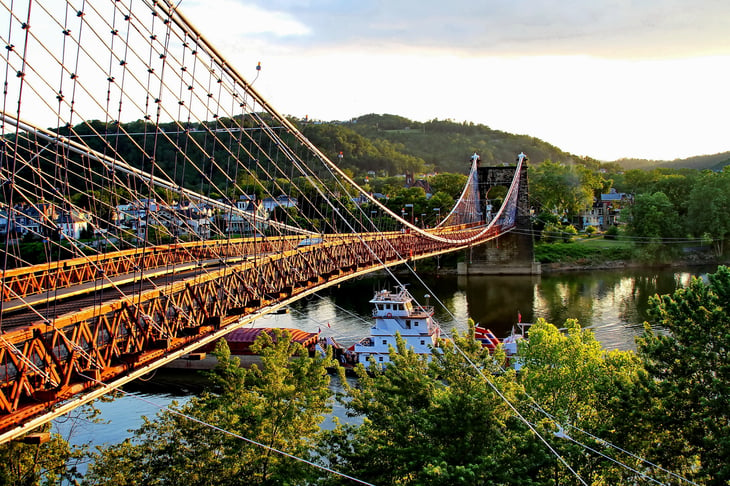
The average rate increase for a teen driver in West Virginia is 89.4 percent.
11. Utah: 90.9 percent
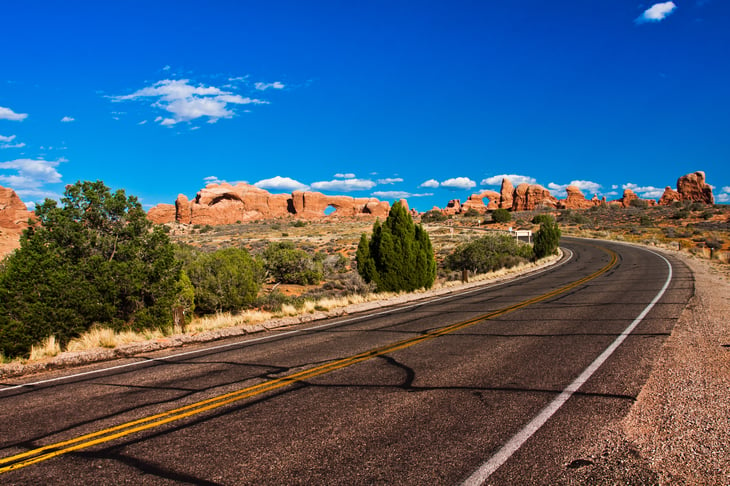
In 2017, the average Utah parent will need to budget 90.9 percent more for insurance premiums once their teen starts to drive.
10. Minnesota: 92.5 percent
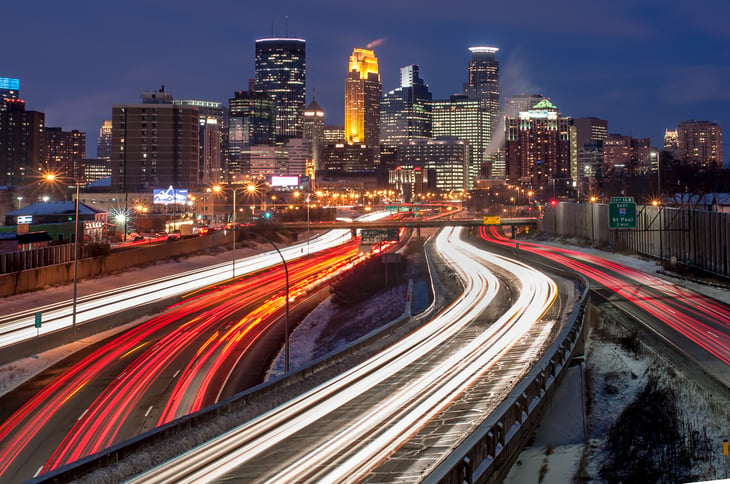
Minnesota kicks off the top 10 most expensive states for teen drivers. On average, parents will shell out an additional 92.5 percent so a teen in the Land of 10,000 Lakes can take the wheel.
9. Vermont: 93.5 percent
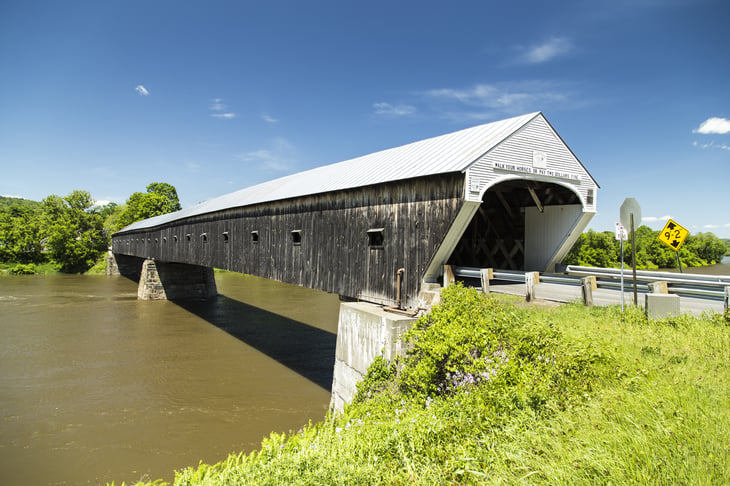
Adams says limited regulation in some states give insurers more latitude to increase rates. That may help explain why adding a teen driver in Vermont translates into an average 93.5 percent premium increase. Vermont is repeatedly awarded the highest score by the R Street Institute’s Insurance Regulation Report Card. It’s an score that indicates, among other things, the greatest “underwriting freedom” — that is, the least state oversight.
8. Oregon: 94.4 percent

Oregon also ranks relatively high for underwriting freedom, according to the Insurance Regulation Report Card. That may be why teens result in a 94.4 percent bump in auto insurance premiums for their parents.
7. Connecticut: 98.3 percent
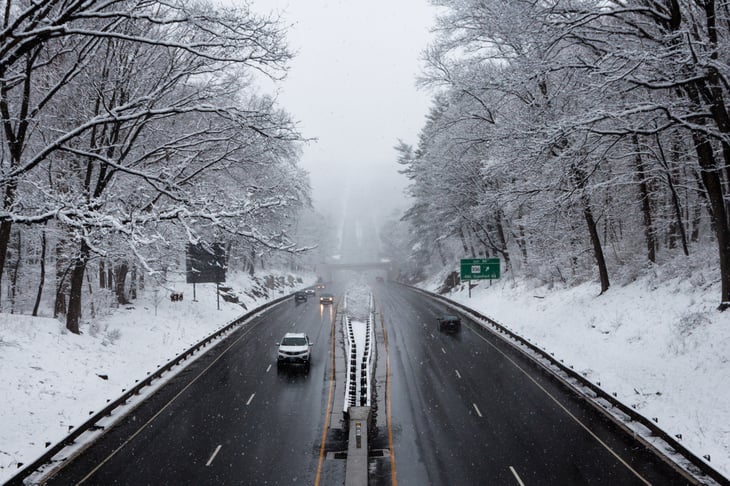
In Connecticut, parents will see an extra 98.3 percent tacked onto their auto insurance bill, on average, for their teen driver.
6. Ohio: 100.9 percent
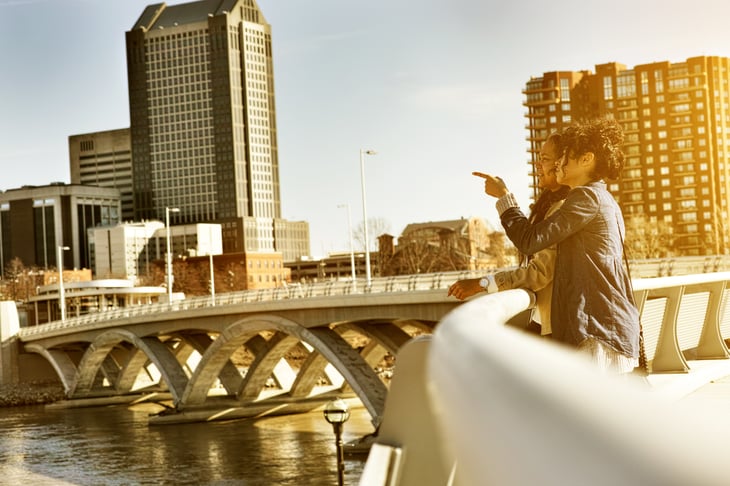
Ohio is the first state to break the 100 percent mark by this measure. Insurers charge an average of 100.9 percent more once a teen gets added to an auto policy.
5. Wyoming: 103.2 percent
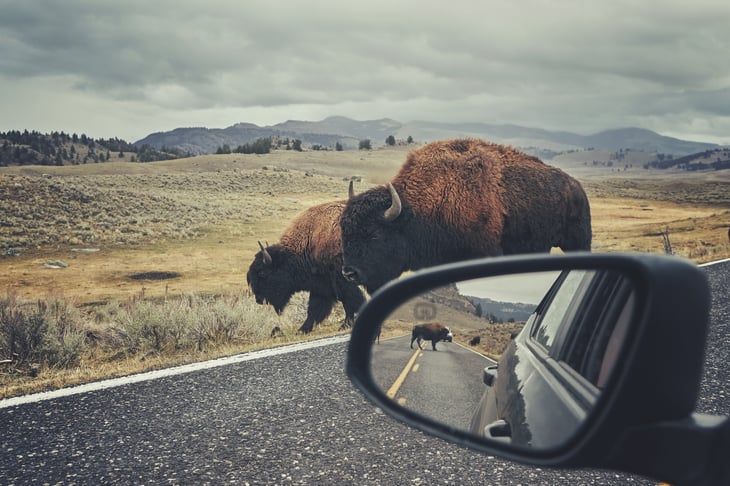
In the five years insuranceQuotes.com has been tracking rate increases for teens, Wyoming has made the top five every time. A teen needs to have his or her learner’s permit for a mere ten days before getting a license. That might play a role in the 103.2 percent premium increase parents pay for teen drivers.
4. Arizona: 104.7 percent
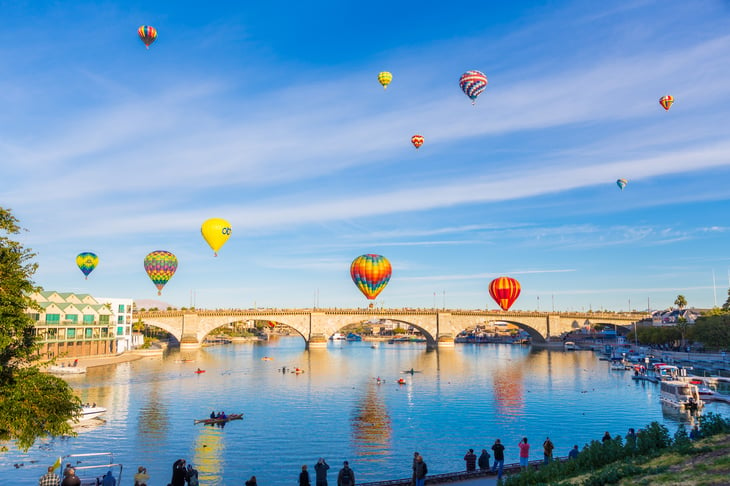
Arizona is also making a repeat appearance in the top five of this list. In 2016, the Grand Canyon State was in the number three spot with an average rate increase of 109.4 percent. Now it’s dropped a spot, and average increases for teen drivers are 104.7 percent.
3. Maine: 110 percent

New England is not a cheap place to insure a teen. Average rate increases for teen drivers in Maine are 110 percent for 2017.
2. New Hampshire: 119.6 percent

New Hampshire topped this list from 2014-2016, but a new champion has been crowned this year. Still, the cost of insuring a teen driver in the Granite State isn’t cheap. It’ll set you back an extra 119.6 percent, on average.
1. Rhode Island: 152.7 percent
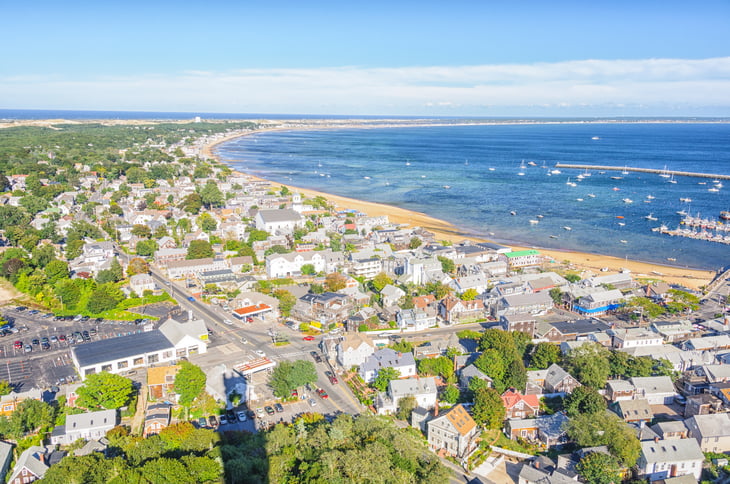
Rhode Island isn’t only the most expensive state to add a teen driver; it’s the most expensive by a landslide. Parents will pay a whopping 152.7 percent more, on average, to cover a teen. Adams says policies do get re-rated each year so the rates should go down as a teen ages. That’s not much comfort for those experiencing sticker shock right now, but it “gives parents a little bit of hope,” she says.
Do you have the experience of (or dread) insuring a teen driver? Share with us in the comments below or on our Facebook page.




Add a Comment
Our Policy: We welcome relevant and respectful comments in order to foster healthy and informative discussions. All other comments may be removed. Comments with links are automatically held for moderation.